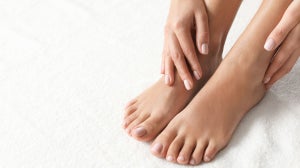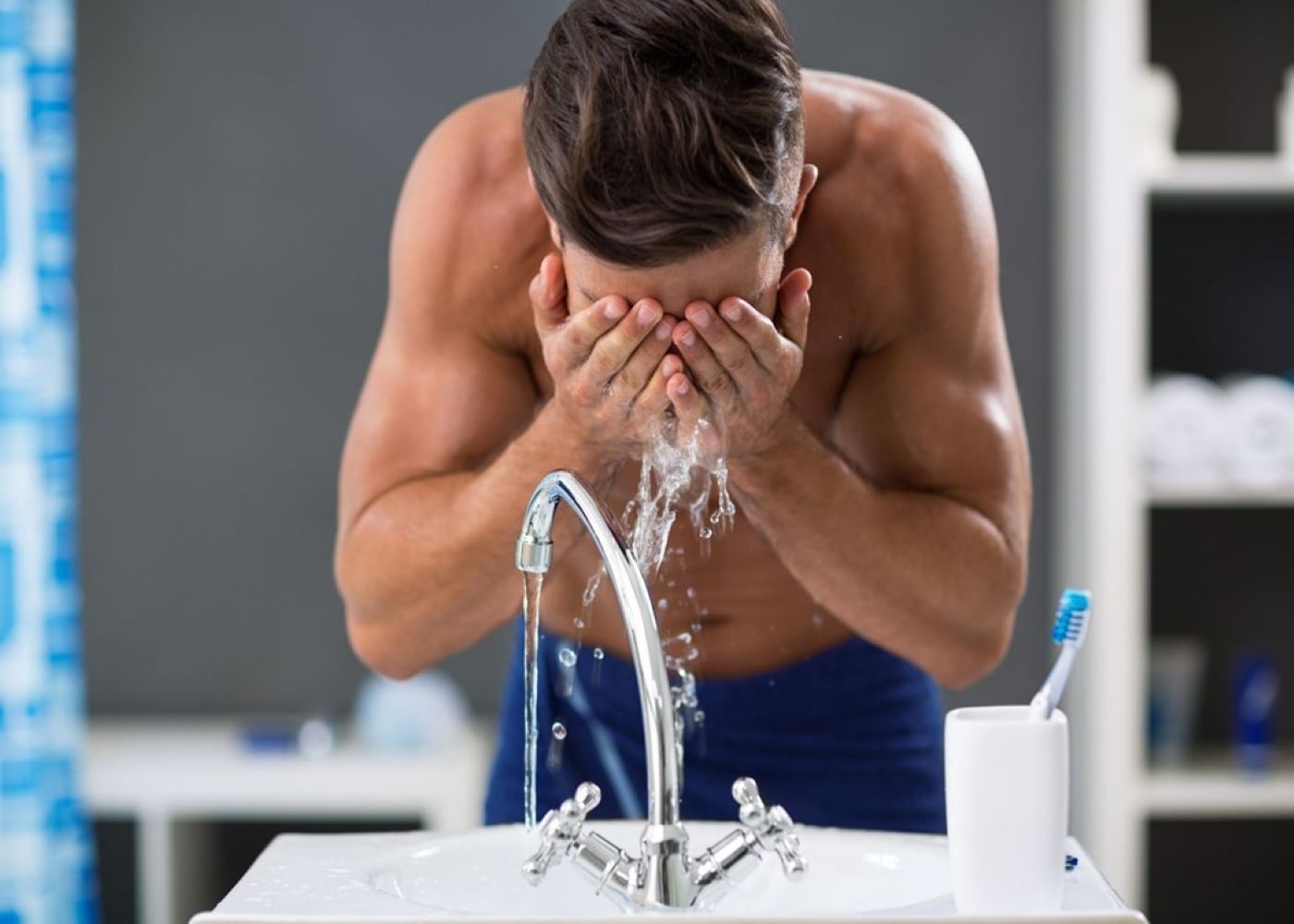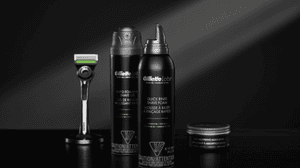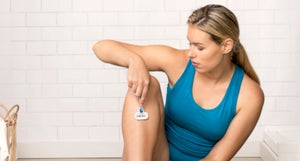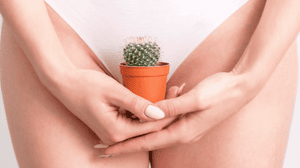
Ingrown hairs after shaving can be all too common. No matter how well-refined your shaving technique is, it’s likely that you’ve experienced an ingrown beard or body hair at one time. Your genetic makeup plays a big part in whether you are likely to experience ingrown hairs but following soothing steps can manage the discomfort they can cause you.
For many men, ingrown hairs seem like an unavoidable part of shaving, but for others, they can come as an unpleasant and unwelcome surprise.
What’s an Ingrown Hair and What Does It Look Like?
Ingrown hairs or damaged hairs look like small, red bumps on the skin. Some men experience ingrown hairs due to their physiology and this can be exacerbated by shaving. This uncomfortable issue occurs when hair grows into the side of the hair follicle rather than exiting fully.
When ingrown hairs occur after shaving, these can also be known as razor bumps, which can feel itchy, uncomfortable, or even painful. And although they are most often encountered by men with curlier hair, they can happen to anyone.
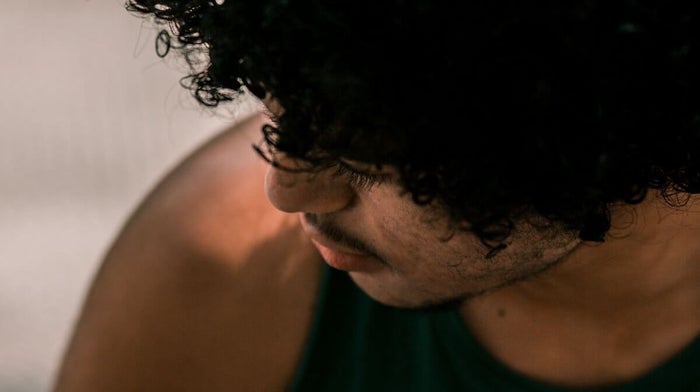
Ingrown hairs can occur pretty much anywhere hair grows – from your beard and moustache area to your armpits, legs, and even pubic hair. You can also get ingrown hairs without shaving. This happens when excess dead skin or dirt clogs up a follicle, stunting the growth of new hair.
By taking a handful of precautions, most men will find that they can help reduce the likelihood of encountering an ingrown hair. Keep reading to find out the best ways to treat, remove, and prevent razor bumps when you shave.
Your Shave Prep Routine
Your journey towards avoiding ingrown hairs should begin in the shower. Exposing your face to plenty of warm water has the advantage of opening pores and softening skin – two vital preconditions for achieving a smooth and effective shave. Soft, open skin allows the blade to travel with minimal interference, reducing the risk of shaving irritation, while ensuring that even the toughest hairs can be extracted.
For men with particularly sensitive skin, moisturising before shaving can be a good way to avoid unnecessary irritation. When shaving, each swipe of the blade deprives your skin of necessary moisture, so it’s important to make sure that your skin is properly hydrated before you begin your shave.
Exfoliate
Most men can go a long way toward stopping ingrown hairs by simply switching up their pre-shave routine. Exfoliating before shaving can help to soften your facial hair, while lifting it further above the skin. What’s more, exfoliation is an effective way to remove dead skin that can clog pores and block hair follicles.
It’s important to remember that facial hair is especially sensitive, and requires a delicate exfoliation technique. For the best results, simply massage your face in circular motions for around 30 seconds before rinsing clean.
Shave with the grain
Shaving against the grain might result in a closer shave, but it can often lead to unnecessary irritation – and even the formation of ingrown hairs. Always try to follow the direction of the hair growth (if possible), and use the minimum number of strokes necessary to achieve a clean shave.
It's also important to go easy on your skin. Steer clear of applying too much pressure to the face when shaving. You should try to let the razor do all the work, and you can protect your skin even further by using our SkinGuard Sensitive Razor, which features extra protection in between the blade and your skin.
Use fresh blades
Nothing invites irritation quite like an old, dull blade. Regularly replacing your blades will make sure you continue to get a cleaner shave, while keeping your face clean and healthy. Sign up to Gillette's shave club and get new razor blades delivered to your door, so you'll have a regular supply of fresh, sharp blades.
Moisturise after shaving
Even after you’ve finished shaving, the skincare shouldn’t stop. Dry skin and razor burn can both be common after shaving, so it’s important to make sure your skin is receiving all the moisture it needs. Check out our advice for getting into the habit of a good post-shave routine.
https://www.youtube.com/watch?v=ICl0D9gscZM
How to tackle an ingrown hair
What do you do for razor bumps once you spot them? As explained, the best way to deal with ingrown hairs in the long run is through a great shaving and aftercare routine. But sometimes, pesky ingrown hairs can still crop up, despite our best efforts and it can be difficult to know exactly what to do for an ingrown hair.
Don’t try to shave or pluck the hair in that area until it has healed, as it can aggravate the inflammation even more and make the hair harder to remove. Here’s how to deal with an ingrown hair that can speed up the healing process.
Apply a warm compress to the ingrown hair. This will help to open up the follicle and bring the hair up to the surface.
Gently exfoliate the area using a face or body scrub. This will help to remove excess dead skin that may be blocking the follicle.
Once the hair has grown out of the skin, use sterilized tweezers to gently straighten it out – without plucking. Removing the hair now before the area has healed risks another ingrown hair growing in its place. After a few days, the ingrown hair should begin to heal itself. Once the swelling is down, you can remove the ingrown hair using tweezers.
If the ingrown hair hasn’t healed in a month, see your GP, who might be able to prescribe anti-inflammatory creams or other treatment options.

Related Articles
